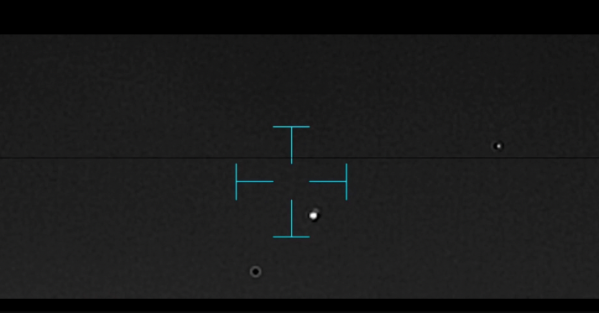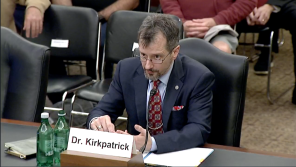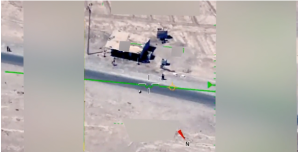Government UAP records repository on the verge of becoming law, opened to public viewing

Lawmakers are close to enacting a defense policy bill that would mandate the establishment of an “Unidentified Anomalous Phenomena Records Collection” for public viewing in the National Archives.
The House-Senate conference version of the fiscal 2024 National Defense Authorization Act directs steps that federal agencies must follow to help create the repository.
“Not later than 60 days after the date of the enactment of this Act, the Archivist shall commence establishment of a collection of unidentified anomalous phenomena” (UAP), according to the newly released conference report for the legislation. “The Collection shall consist of record copies of all Government, Government-provided, or Government-funded records relating to unidentified anomalous phenomena, technologies of unknown origin, and non-human intelligence (or equivalent subjects by any other name with the specific and sole exclusion of temporarily non-attributed objects), which shall be transmitted to the National Archives in accordance with section 2107 of title 44, United States Code.”
The documents would have to be made available for public inspection and copying within 30 days after their transmission to the archives. They would also have to be accessible online within 180 days thereafter.
The archivist would be allowed to charge people a copying fee not to exceed the costs incurred through the process of making the copies.
Additionally, the collection “shall be preserved, protected, archived, digitized, and made available to the public at the National Archives and via the official National Archives online database,” per the conference report.
No later than 300 days after the enactment of the NDAA, heads of government offices would have to review, identify and organize the UAP records in their possession or under their control, and prepare them for disclosure to the public and transmission to the archivist for inclusion in the repository.
“No unidentified anomalous phenomena record shall be destroyed, altered, or mutilated in any way,” the report states.
However, not all UAP documents would be immediately available to the public. Public disclosure could be postponed if the original classification authority determines that there is “clear and convincing evidence” that “the threat to the military defense, intelligence operations, or conduct of foreign relations of the United States posed by the public disclosure of the unidentified anomalous phenomena record is of such gravity that it outweighs the public interest in disclosure.”
Postponement could also result from a determination that the unveiling would violate privacy laws or would “reasonably be expected to constitute an unwarranted invasion of personal privacy, and that invasion of privacy is so substantial that it outweighs the public interest.”
“The Archivist shall establish requirements for periodic review of postponed unidentified anomalous phenomena records that shall serve to downgrade and declassify information,” according to the conference report.
“Each unidentified anomalous phenomena record shall be publicly disclosed in full, and available in the Collection, not later than the date that is 25 years after the date of the first creation of the record by the originating body, unless the President certifies that continued postponement is made necessary by an identifiable harm to the military defense, intelligence operations, law enforcement, or conduct of foreign relations; and the identifiable harm is of such gravity that it outweighs the public interest in disclosure,” it states.
A group of senators pushed for the establishment of a UAP records collection through an amendment to the Senate version of the 2024 NDAA. The Senate bill was reconciled with the House version of the legislation through the conferencing process with members of both chambers. Congress has not yet taken a final vote on the NDAA, but it’s expected to pass.
The UAP provisions in the policy bill come amid a push by lawmakers and others for greater transparency from the Pentagon and other government agencies about unidentified anomalous phenomena. The Defense Department’s All-domain Anomaly Resolution Office (AARO), which is charged with investigating UAP, has received more than 800 incident reports.






